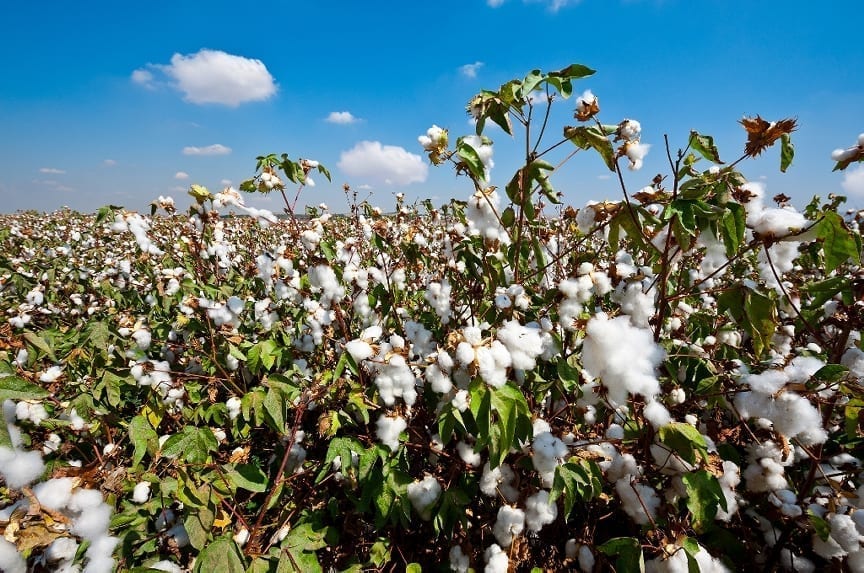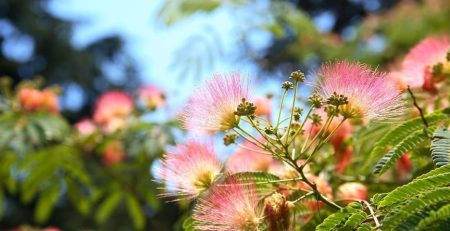Biotechnology to help cure cotton leaf curl virus
LAHORE: Cotton leaf curl virus (CLCV) can now be cured with the help of biotechnology as a major breakthrough has been made in transferring modified genes to local varieties, said official sources here on Friday.
A team of local scientists in collaboration with Canadian experts have developed a CLCV-resistant cotton plant through transgenic RNA interference (RNAi) technology. The new advancement would help neutralise the mutating strain of CLCV, which is also know as Burewala stain. It is a harsh reality that we do not have a remedy for the deadly strain of CLCV. This virus alone has become a potent threat to damaging cotton in several districts of Punjab.
The control of this disease can add billions of rupees to the national economy every year and help the local textile industries to attain abundant raw materials. CLCV has caused losses to almost two to three million cotton bales, which amounts to Rs200-300 billion.
RNAi is a method of blocking gene function by inserting short sequences of ribonucleic acid that match part of the target gene’s sequence. It has been hailed as ‘breakthrough of the year’ and ‘Biotech’s billion dollar breakthrough’ globally. Initially, a team of local scientists successfully used the RNAi system for curing virus-hit tobacco plants. After witnessing favourable results, they replicated this process in cotton plants and have been greatly encouraged to see virus-free cotton plants during trials.
Progress in developing CLCV plants has been verified by grafting the transgenic RNAi plants on severely CLCV infected plants. By using RNAi, the virus-affected cotton crops can be fully saved from this onslaught.
“RNAi technology has efficiently blocked viral multiplication when the virus was either agro-inoculated in transgenic plants or transmitted by whitefly, which is a vector of CLCV,” said an official.
Currently, work on this approach is being done jointly by the Institute of Agricultural Sciences and National Centre of Excellence in Molecular Biology, University of the Punjab, Lahore and University of Toronto, Canada, under the umbrella of Punjab Agriculture Research Board (PARB). It is hoped that new virus-resistant GM cotton seeds would be available in the market in three years.
Commenting on the progress achieved so far, Dr Mubarik Ali, chief executive of PARB, said: “PARB has always done result-oriented work by undertaking need-based research projects.”
He added that the use of RNAi technology would surely increase crop productivity and save billions of rupees.
He congratulated Dr Idrees Ahmad Nasir and Dr Saleem Haider, both from Punjab University, for developing what he called miracle CLCV-resistant cotton plant.
Source Article: http://www.thenews.com.pk/Todays-News-3-142015-Biotechnology-to-help-cure-cotton-leaf-curl-virus














